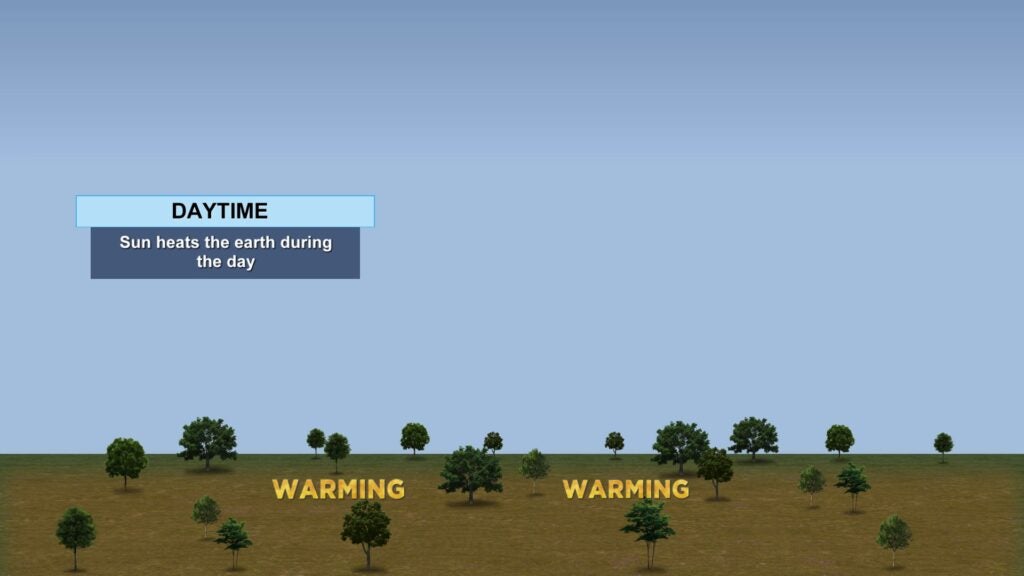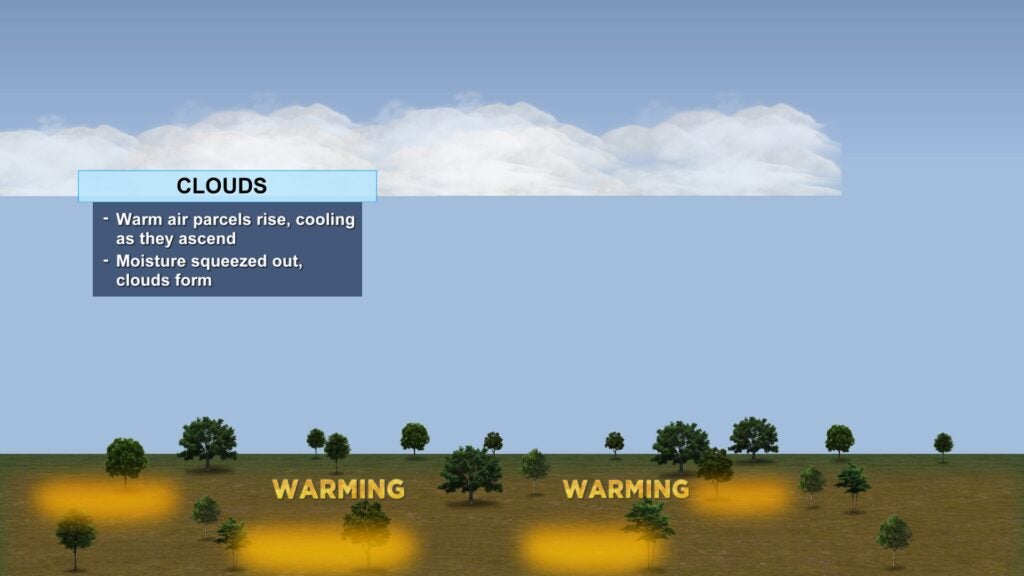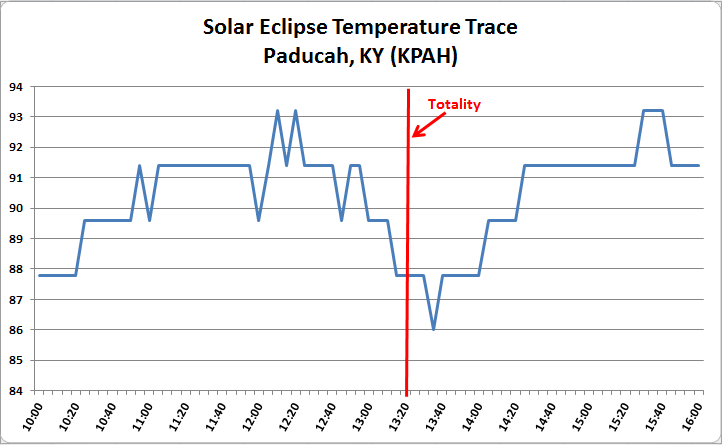How a solar eclipse can affect the weather
INDIANAPOLIS (WISH) — Central Indiana is months away from a once-in-a-lifetime event.
On April 8, a total solar eclipse will begin just after 3 p.m. in Indianapolis.
There are endless details to know about the solar eclipse. One that is more interesting is the impact on the weather that day.
Brian Murphy is a professor of physics and astronomy at Butler University. He has witnessed countless solar eclipses.
One total solar eclipse crossed the United States in August 2017. Murphy noticed during this eclipse, “As we approached totality, more and more of the sun disappeared, the clouds faded. Less convection.”


The 2017 eclipse happened in August when summer daytime heating can produce clouds in the afternoon.
April is still a time of year when convective clouds can happen in the afternoon.
Similar to the 2017 eclipse, the April eclipse also will happen in the afternoon.
Below is a satellite view of clouds decreasing ahead of totality in 2017 over the Carolinas. Notice before and after the moon’s shadow passes the southeast.
Obviously, this phenomenon may be dependent on the clouds and exact weather we have in our area on April 8. A stratus deck of clouds associated with a larger storm system would be the type of cloud cover that would be almost unaffected.
However, the cloud cover is not the only noticeable change on the weather side of things during an eclipse. Air temperatures are something to keep an eye on.

Murphy says, “As we go into a partial eclipse somewhere around 1:30 p.m., it won’t be a noticeable drop then. But, as we approach totality, that’s where we start to get almost a 10-degree temperature drop if it is a nice, clear sky.”
Central Indiana’s warmest temperatures of the day should happen around the time of the eclipse of April 8. That temperature drop will be recognizable if central Indiana are under clearer skies.
The wind will also be a factor to watch on that day. As the moon’s shadows covers our area, the wind can quiet down. Wind direction may even shift due to a vortex-like pattern.


